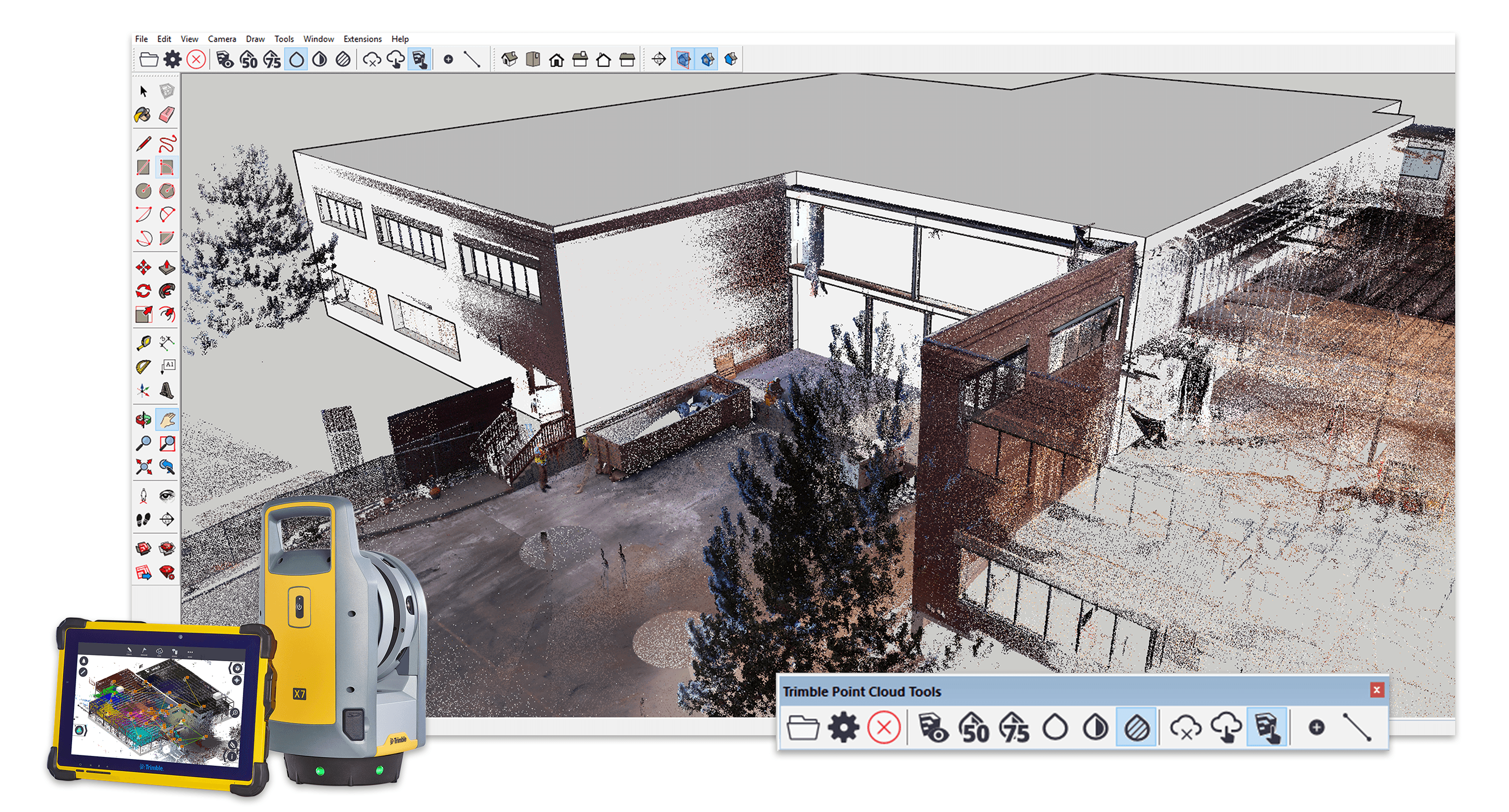
When you consider how quickly the points are observed, up to one million points per SECOND on the Faro 3D scanners, the extra time taken for good overlaps and close point spacing is really negligible. You also need to be looking at at least 20% to 30% overlap of the scans to get better results, we always went for a 50% overlap with a point spacing of around 4 mm, which could be seen as going over the top, but we never had registration problems and TRW always automatically found all of the targets. Low quality scans will be more likely to be unsuccessful and manual registration is in this case also less accurate, as each target or sphere has a smaller number of points on it which makes calculation of the centre point less reliable. The automatic registration can only succeed if you have a high quality scan where the points are relatively close together and sufficient well defined points for the software to recognise them.

There is a Trimble forum somewhere from which you could glean some information. At that time the TRW help was not too good and we did struggle a bit at the beginning. I used the German Language version (even though you can swap languages) as everybody else in the office were German and I was the only English native speaker. The earlier versions of TRW could not deal with very large numbers and you had to determine N-S and E-W offsets, perhaps that is no longer an issue in TRW 9.0, I know Trimble were looking into the problem a few years ago but I never heard what they had decided.Īre you using the English language version of TRW or another language. TRW can then calculate the closing error and you must decide if it acceptable or not.Īny or all of your control points can be given the coordinates of the coordinate system you are using, or GNSS coordinates, and all of the points in the scan will then become the coordinates of the coordinate system.

Proceed along until the last scan and if you have done a complete round of the building you can close from the last scan onto a common control point in the first scan. Then move on to the adjacent scan and match the common control points in that scan and the next one. Basically if you are using manual registration you need to match the same points in the various scans, your control points (the spheres, targets or very distinct unique points) can be identified in two scans and 'locked onto each other' and do that for all of the common control points in the two scans. Does TRW still use manual registration? I know that other software have moved to automatic registration.


 0 kommentar(er)
0 kommentar(er)
